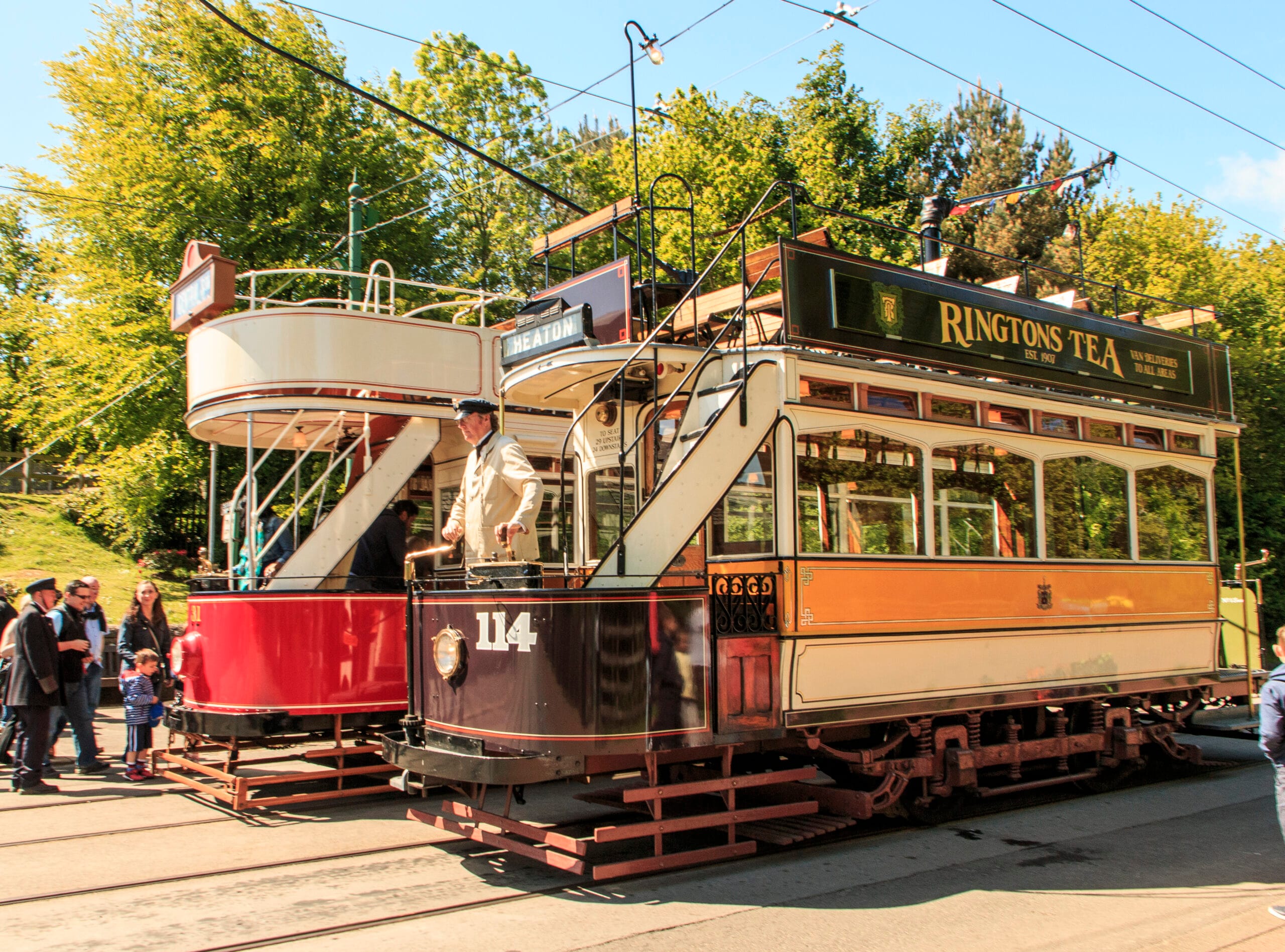
The Bristol Harbour Railway was conceived in the mid-19th century to solve a pressing logistical problem in Bristol’s maritime trade. Before its construction, goods arriving at the city’s docks had to be manually transported through congested streets to Temple Meads station, causing delays and increased costs. In 1863, the Bristol and North Somerset Railway Company proposed a tramway to connect the docks to the railway network, but financial difficulties led to the project’s abandonment [1]. Eventually, a new scheme was authorised in 1866, backed by the Great Western Railway, the Bristol & Exeter Railway, and Bristol Corporation.
Construction of the railway began in 1868 and was a challenging engineering feat. The line required a viaduct, three iron bridges, a tunnel under St Mary Redcliffe Churchyard, and a steam-powered bascule bridge at Bathurst Basin. The tunnel alone used over 1.5 million bricks and necessitated the relocation of graves from the churchyard [1]. Despite being less than a mile long, the railway cost over £200,000 due to the complexity of building through developed urban land. The line officially opened in 1872, providing a direct rail link between Temple Meads and the Floating Harbour.
Over the following decades, the railway expanded. In 1876, it was extended to Wapping Wharf, and further developments in 1906 added branches to Canons Marsh and along the New Cut [2]. These expansions increased the railway’s capacity and connected it to the Portishead Railway, facilitating freight movement to southern destinations. The Harbour Railway played a vital role in transporting coal, timber, and other goods, helping Bristol maintain its status as a major industrial and maritime hub [3].
However, the railway’s importance declined in the post-war years due to changes in shipping and freight logistics. The connection to Temple Meads was closed in 1964, and the remaining commercial operations ceased by 1987 [2]. In 1978, part of the line was revived as a heritage railway operated by the Bristol Industrial Museum. This preserved section offered rides along the harbour and showcased historic locomotives, becoming a popular attraction for visitors and locals alike.
Today, the Bristol Harbour Railway is managed by M Shed, the museum that replaced the Industrial Museum. Although parts of the line have been curtailed due to infrastructure changes and subsidence, the railway continues to operate on select weekends, offering a nostalgic glimpse into Bristol’s industrial past [2]. This history was compiled using publicly available sources and generated with the assistance of artificial intelligence.